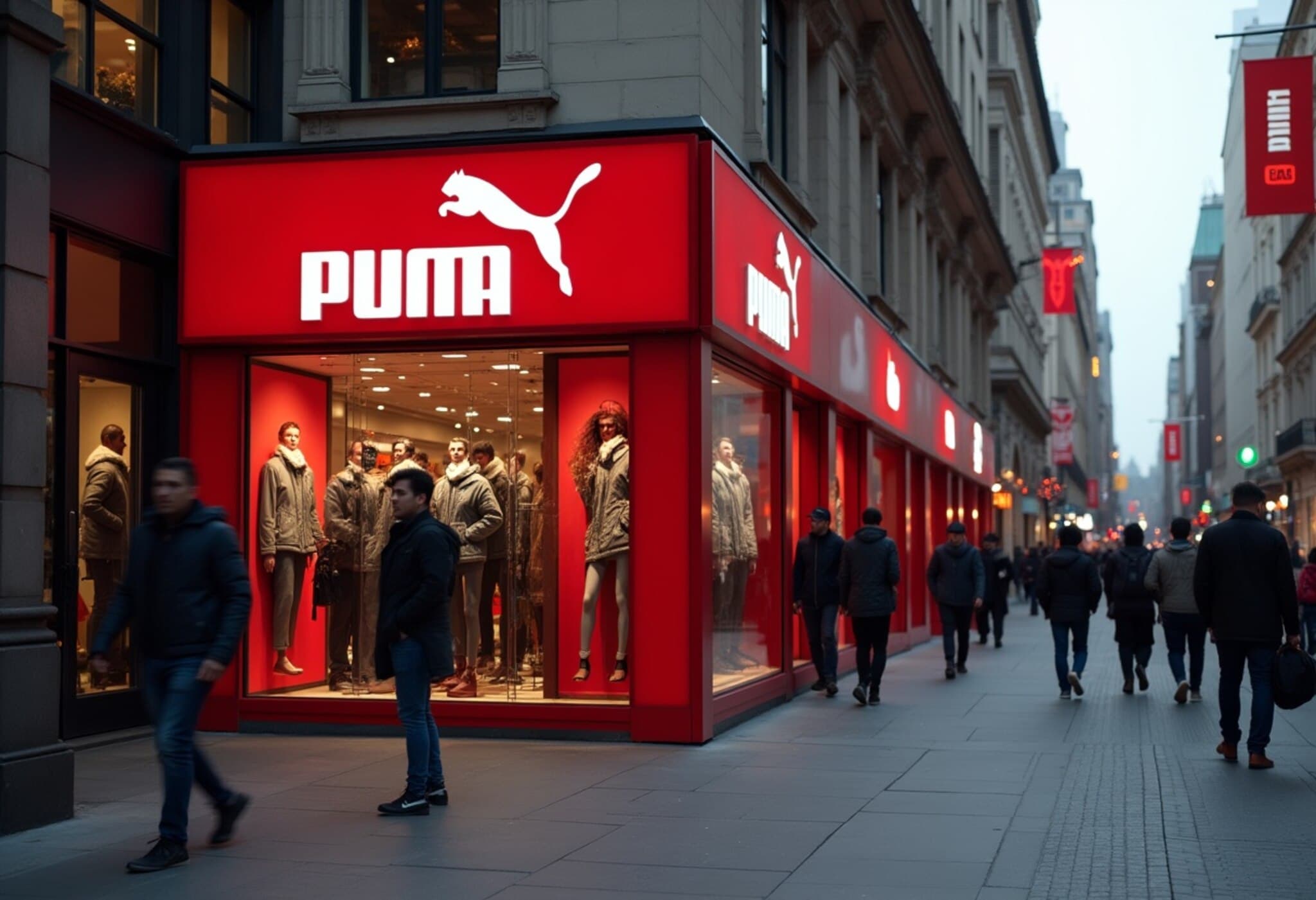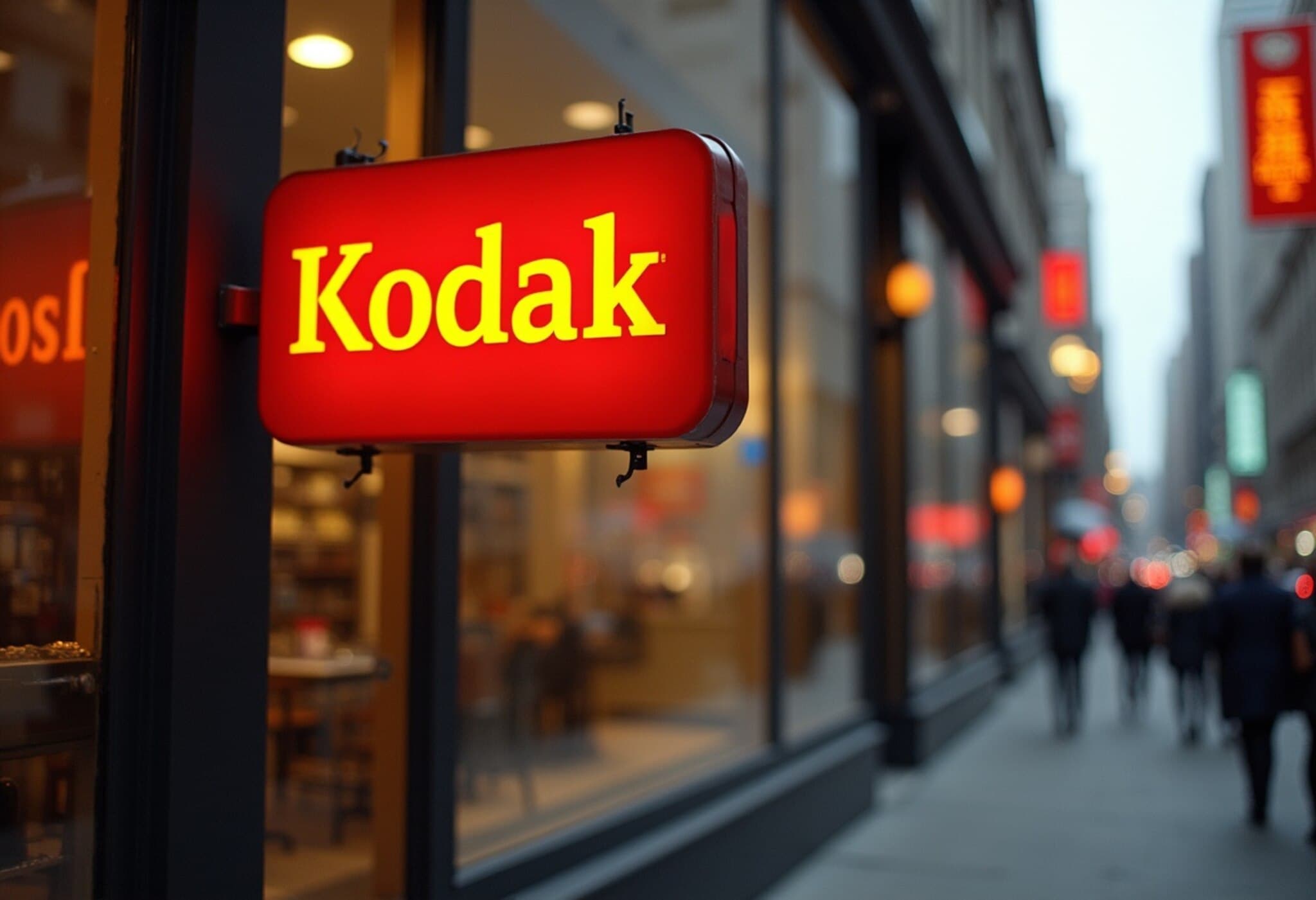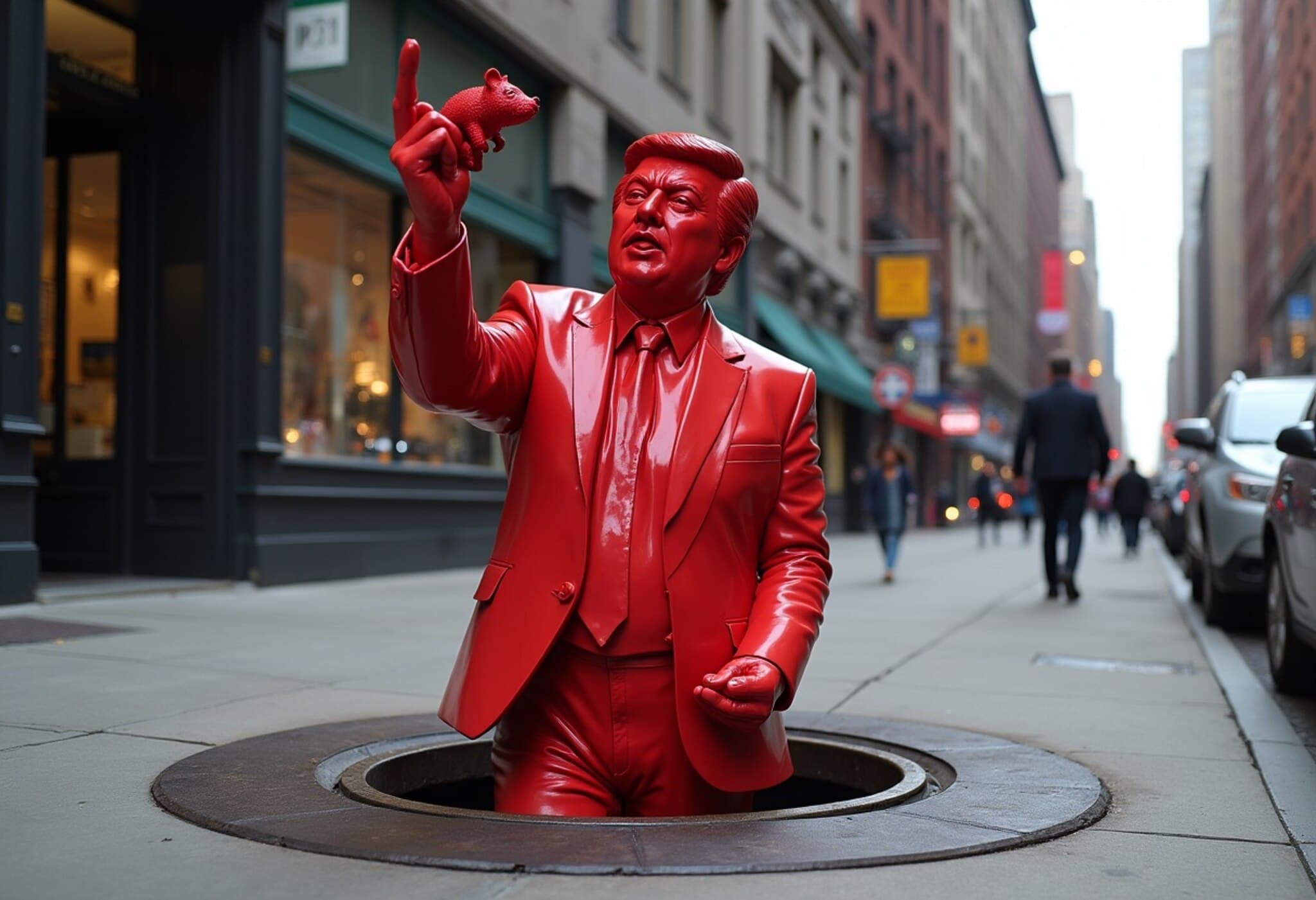Puma Shares Dive After Revised Sales and Profit Outlook
Puma’s shares fell sharply by 18% on Friday following the sportswear giant’s announcement of disappointing second-quarter results and a significant downward revision of its full-year forecast. The German brand cited mounting challenges including the ongoing impact of U.S. tariffs, shifting consumer demand, and internal strategic hurdles.
Full-Year Outlook Dims Amid Tariff Pressures
In a statement released after markets closed on Thursday, Puma revised its 2025 sales outlook drastically, expecting a decline in full-year sales by a low-double digit percentage. This represents a stark shift from earlier guidance forecasting modest growth in the low- to mid-single digit range. More strikingly, the company now anticipates an operating profit loss in 2025, a dramatic reversal from its previous forecast of €445 million to €525 million in operating profits.
"Amid a landscape marked by persistent geopolitical volatility and challenging macroeconomic conditions, Puma foresees both sector-wide difficulties and company-specific issues weighing heavily on its near-term performance," the company noted. Key factors include waning brand momentum, changes in distribution channel quality, high inventory levels, and the financial drag from U.S. tariffs.
The Burden of U.S. Tariffs
The trade conflict with the U.S. remains a thorn in Puma’s side. The company flagged that tariffs would reduce its gross profit by approximately €80 million in 2025. These duties, part of ongoing trade tensions, have forced Puma to reconsider pricing strategies, particularly in the U.S. market.
Chief Financial Officer Markus Neubrand acknowledged in May that Puma is deliberately avoiding leading price hikes in the U.S., where competitors with deeper market penetration might absorb the tariffs differently. "We don’t want to be the leader in terms of pricing changes in the U.S. market," Neubrand stated, underscoring the sensitivity of Puma’s positioning amid fierce competition.
Weaker Sales Across Key Markets
Second-quarter sales fell 2% year-over-year on a currency-adjusted basis to €1.94 billion ($2.27 billion), missing analyst expectations of €2.06 billion. The decline was most pronounced in North America, where sales dropped by 9%, and was accompanied by setbacks in Europe and Asia-Pacific.
Operating results mirrored the top-line weakness. Puma reported an adjusted operating loss of €13.2 million in Q2, excluding one-time items. Including those one-off costs—mainly related to efficiency programs—the losses widened further to €84.6 million.
Competitive and Economic Dynamics in Sportswear
Puma’s stock has been under pressure throughout 2025, losing about half its value as the brand navigates declining consumer demand amid intense rivalry. The sportswear sector is wrestling with evolving consumer tastes, inflationary cost pressures, and the fallout from global trade disputes.
Analysts highlight that Puma’s challenges reflect broader sector trends, including a shift toward digital sales channels and a premiumization race led by competitors with stronger U.S. footprints. The company’s cautious approach to pricing and channel management suggests a strategic recalibration amid turbulent market conditions.
Looking Ahead: Key Questions and Industry Implications
- How will Puma balance tariff-driven costs while trying to maintain market share in the U.S.?
- Can the brand revive momentum through innovation or targeted marketing to offset weakening channel dynamics?
- What will Puma’s approach be to managing elevated inventories without sacrificing margins?
- How might geopolitical tensions and evolving trade policies continue to disrupt global sportswear supply chains?
These questions highlight the complex interplay of global economics, trade policy, and consumer behavior influencing Puma’s trajectory in the coming year.
Editor’s Note
Puma’s drastic turn in outlook underscores the vulnerability of even established global brands in the face of trade disputes and macroeconomic instability. Beyond the immediate financial impact, this situation offers a case study on how tariff policies ripple through supply chains and consumer markets, particularly in sectors dependent on cross-border production and retail. As Puma reshapes its strategy, industry watchers should monitor how it balances cost pressures against competitive positioning in key regions, especially the U.S., where tariffs serve as both a barrier and a battleground.



















